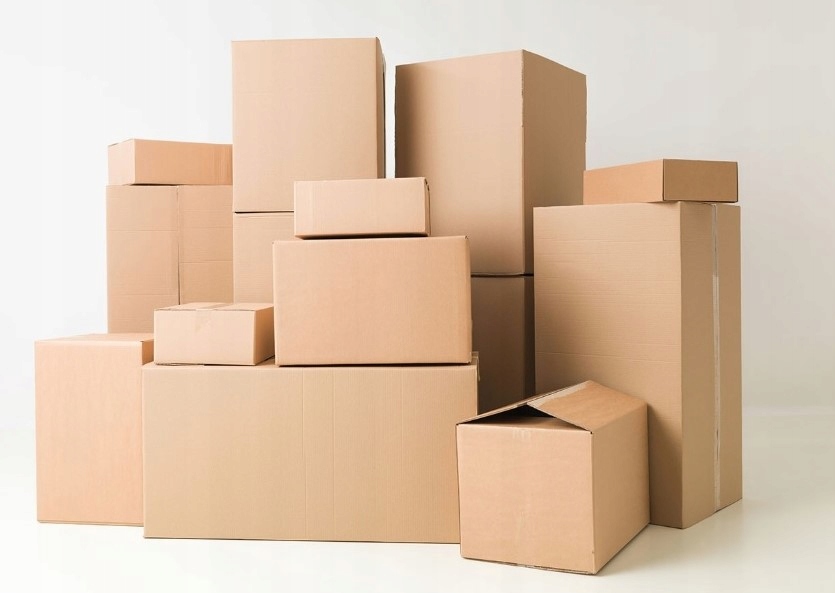Cardboard products constitute more than 30% of the packaging industry. It is the reason that corrugated boxes are quite popular worldwide. Whether you want to package your products, display them in a retail store, or send a shipment, cardboard boxes print are a perfect way to enhance your packaging quality and give a boost to your business. You can design the custom packaging in unlimited ways to create a distinction. These corrugated cartons are cost-effective, durable, and sustainable. However, all of them are not made equal. They vary in different aspects like thickness, compression strength, and chemical resistance, etc. However, to design a perfect packaging for your brand it is essential to pass corrugated testing methods to ensure superior quality. The material strength and its construction directly affect the amount of weight carried by a box. If it too weak your packaging boxes might puncture, damage or collapse. On the other hand, an excessively-designed box indicates that you are paying extra for material and adding to environmental wastage. Here we are going to explain some of the most popular corrugated testing methods used by manufacturers to design a perfect packaging solution:
-
Bursting Strength Test:
It is the test to find out the strength of the box when subjected to pressure. It determines the exact amount of weight a box can carry during rough handling. In short, the Bursting Strength Test decides for the toughness of the walls of a corrugated cardboard box as subjected to external force or pressure. During this testing procedure, the manufacturers use a rubber diaphragm to apply pressure on the corrugated box until it bursts. The diaphragm gets expanded by using hydraulics and the material bursts under high pressure. However, to increase the strength, the packaging companies near me have to work on the durability of the material to create more high-quality packaging.
-
Edge Crush Test:
One of the most popular methods to determine the stacking strength or cross-direction crushing of corrugated cardboard boxes is the Edge Crush Test or ECT. It is conducted to test the material, find out its pallet shipping endurance. All the sides of corrugated boxes are made from the sheets having three or more layers in a way that a thin sheet with ridges is sandwiched in between two flat sheets. These grooves or ridges are also known as flutes. They provide anisotropic strength to your corrugated custom printed packaging. This means that the boxes can bear a large amount of force from one direction perpendicular to the ridges. Edge crush test helps to determine it.
-
Paper Grammage and Thickness Test:
The test is conducted to determine the areal density and thickness of your corrugated box packaging design. It also gives you an idea of its quality and rigidity. Grammage and thickness are the two main properties of the corrugated fiberboard. There is no standard for it and is determined through your requirement. When more padding is needed, the manufacturers prefer a box with more thickness. The flutes of the corrugated cardboard are larger with more air in them. Thinner boards with dense flutes always have high grammage. Such boxes are required in the case of rigid and compact packaging. However thin boards are easy to fold, lightweight, and more suitable for printing or detailing. Thicker ones are sturdy and best for heavy-duty shipping.
-
Scuff Resistance Test:
The main purpose of it is to check the durability of box print to resist abrasion. It also determines whether or not your corrugated packaging can sustain rubbing or wearing. Printing is a necessary part of the packaging. With the availability of different printing methods, it is compulsory to check how well the labels and prints can handle scuffing/abrasion. Coated surfaces like paper, films, paperboard, cardboard, and other types of printed materials are tested using this procedure. Some other testing methods like rotary abrasion or even manual wiping are also available to judge the level of resistance to abrasion. Such type of testing has a broad application especially in the pharmaceutical industry where label legibility is of great importance.
-
Box Compression Test:
It is one of the most commonly used tests to check the compressive strength or stacking strength of corrugated boxes. A box compression test is the best way to test how much load a box can bear on the top without getting deformed. It gives a better idea of the extent to which it gets deformed. This makes you analyze the number of boxes that can be stacked together without damaging the products of the lowest box. This test is used by most of the industries that transport boxes in bulk.
Business Perspective of Testing Methods:
Most of these tests are not new to the packaging sector. They have a long history and are being used for years to create better quality packaging. Such box testing procedures determine the kind of box your business needs according to its packaging requirements. The choice depends entirely upon your product specifications and the level of strength you require. where you have started a new business or running it for a long time, these testing methods have a broad business perspective. They save you from adverse conditions and future damages that may damage your repute and make your customers switch to competitors. Although this testing might take some extra time, it enables you to save a lot of cost by lowering the material wastage to a great extent.
 HammBurg Be informed with latest news, reviews, entertainment, lifestyle tips, and much more.
HammBurg Be informed with latest news, reviews, entertainment, lifestyle tips, and much more.




